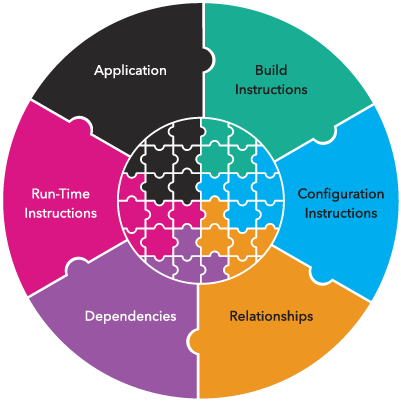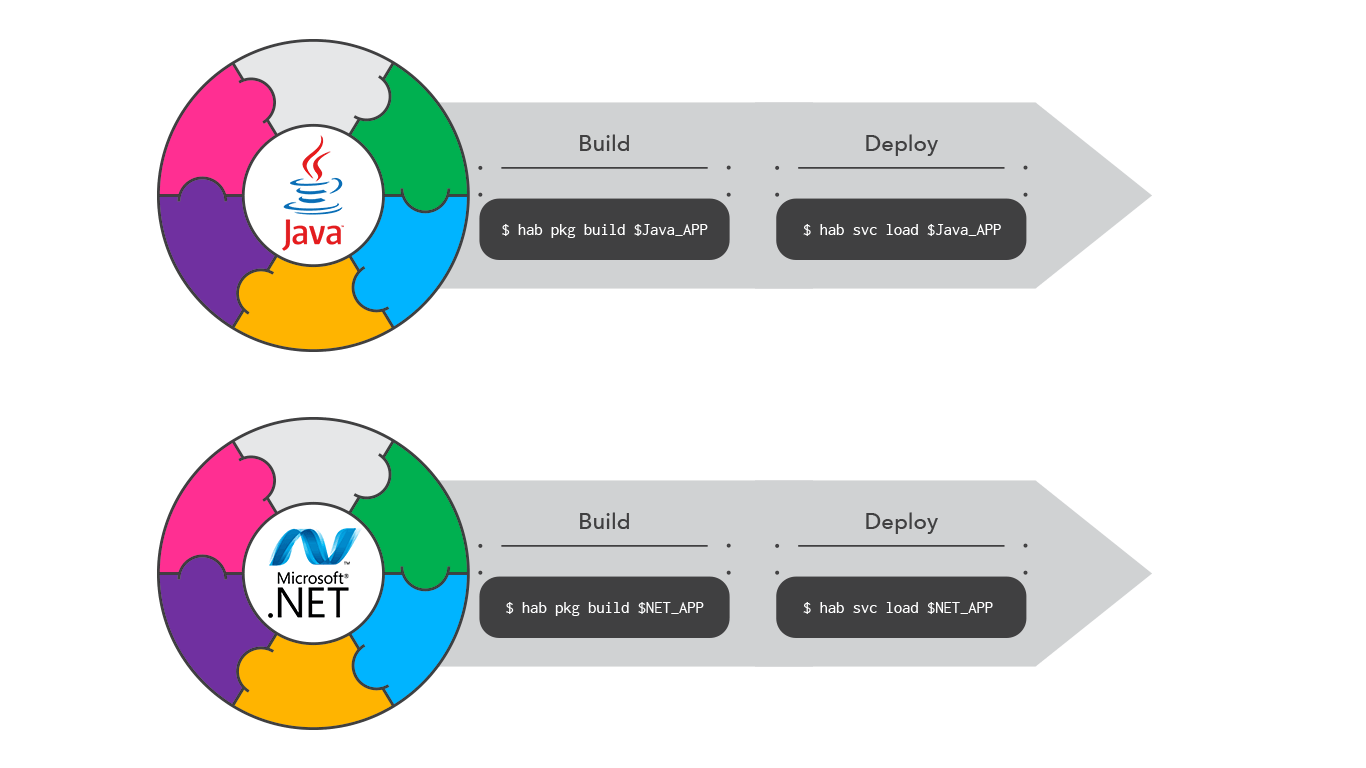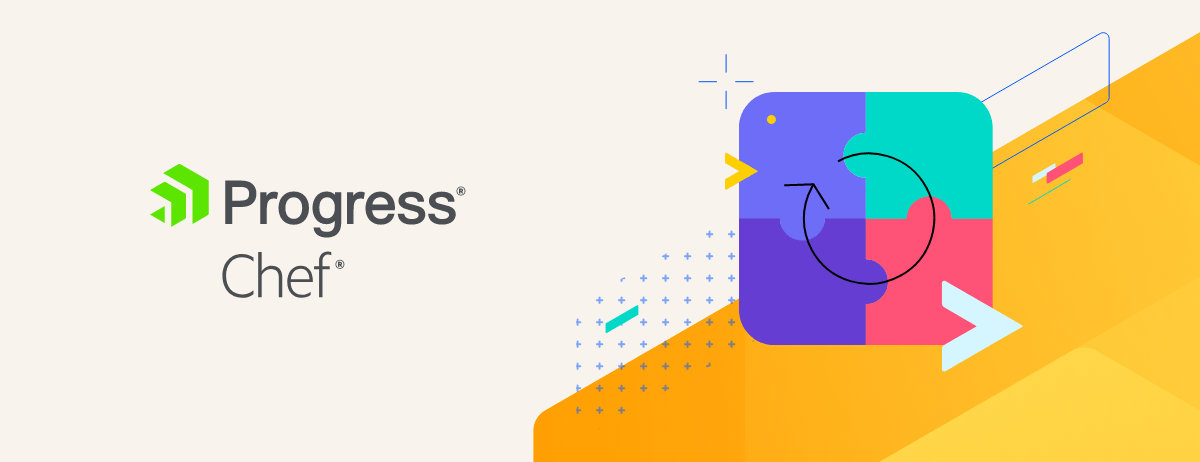Chef Habitat changes the way applications are defined and deployed enabling automation teams to describe in code everything the application needs to be built, run, and managed. By standardizing this process, Chef Habitat provides a way to automate application deployment in even the most heterogeneous environments. To illustrate this, we recently hosted a webinar where we showed how Chef Habitat can be used in concert with Jenkins to drastically simplify pipeline creation.
Continuous Delivery with Chef
The main goal of Continuous Delivery is to get changes into production quickly, safely, and sustainably. Tools like Jenkins have made this goal much easier to achieve by providing capabilities for defining pipelines that are able to trigger automated workflows on demand to facilitate rapid deployment. However, organizations may have applications written in different languages, or that are deployed to different operating systems or cloud providers. Often these differences increase the overhead required to manage pipelines at scale, and slow down our overall modernization efforts.
Chef Habitat solves for this by providing a consistent methodology for defining an application’s dependencies, the steps required to build and install it, and the configurable settings required to manage it.

By providing an artifact with an authoritative application definition, we no longer need to account for app-by-app differences within our release pipelines. This gives us a single way to deploy apps whether they’re…
…Java or Ruby
…Linux or Windows
…Home-Grown or Commercial-off-the-Shelf (COTS)
…On-Prem or Cloud
…Virtual Machine or Container

If that sounds like your cup of tea, then this might just be the webinar for you! If you missed the live recording, the webinar is now available on demand.
What’s Next?
Learn more about Chef Habitat.
Read about how Chef Habitat defines applicationsGet hands-on with the Application Delivery course on Learn Chef.

